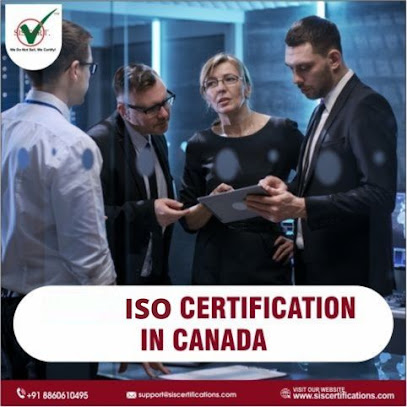How does ISO 22000 contribute to the continual improvement of food safety management?
ISO 22000 is an international standard that specifies the requirements for a food safety management system (FSMS). The standard is designed to help organizations in the food industry ensure the safety of food products throughout the entire food supply chain. ISO 22000 emphasizes a systematic approach to managing food safety hazards and encourages continual improvement. Here's how ISO 22000 contributes to the continual improvement of food safety management:
Risk-Based Approach:
ISO 22000 adopts a risk-based approach to food safety
management. Organizations are required to identify and assess potential food
safety hazards at each stage of the food supply chain. This risk assessment
process helps in identifying areas where improvements are needed to enhance the
overall safety of food products.
Performance
Monitoring and Measurement:
The standard requires organizations to establish and
maintain a system to monitor and measure the performance of their food safety
management system. This includes monitoring processes, controls, and critical
control points. Regular monitoring and measurement provide data that can be analysed
to identify trends, areas of non-conformance, and opportunities for
improvement.
Internal Audits:
ISO 22000 mandates internal audits to verify the
effectiveness of the food safety management system. Through internal audits,
organizations can identify weaknesses, non-conformities, and areas for
improvement. The audit process also encourages a proactive and systematic
review of the system's performance.
Management Review:
Top management is required to conduct periodic reviews of
the food safety management system. This management review involves assessing
the system's effectiveness, suitability, adequacy, and opportunities for
improvement. Management reviews provide a strategic perspective on how the
organization can continually enhance its food safety performance.
Corrective Actions:
ISO 22000 requires organizations to take corrective actions
in response to non-conformities and incidents related to food safety. The
corrective action process includes identifying the root causes of issues,
implementing corrective measures, and evaluating the effectiveness of those
measures. This systematic approach contributes to continual improvement.
Update and
Improvement of the FSMS:
Organizations are required to update their food safety management
system based on changes in the organization, the food chain, or regulatory
requirements. This includes making improvements to the system to address
emerging risks, new technologies, or lessons learned from incidents. The
standard encourages a dynamic and responsive approach to continual improvement.
Communication and
Training:
ISO 22000 emphasizes the importance of effective
communication and training to ensure that all personnel involved in the food
chain are aware of their roles and responsibilities. Training programs can be
used to enhance the skills and competencies of personnel, contributing to
improved food safety performance.
Documentation and
Record-Keeping:
The standard requires proper documentation and
record-keeping. Through documentation, organizations can capture information
related to processes, procedures, and performance. Analysis of these records
can identify areas where improvements can be made to enhance the effectiveness
of the food safety management system.



Comments
Post a Comment